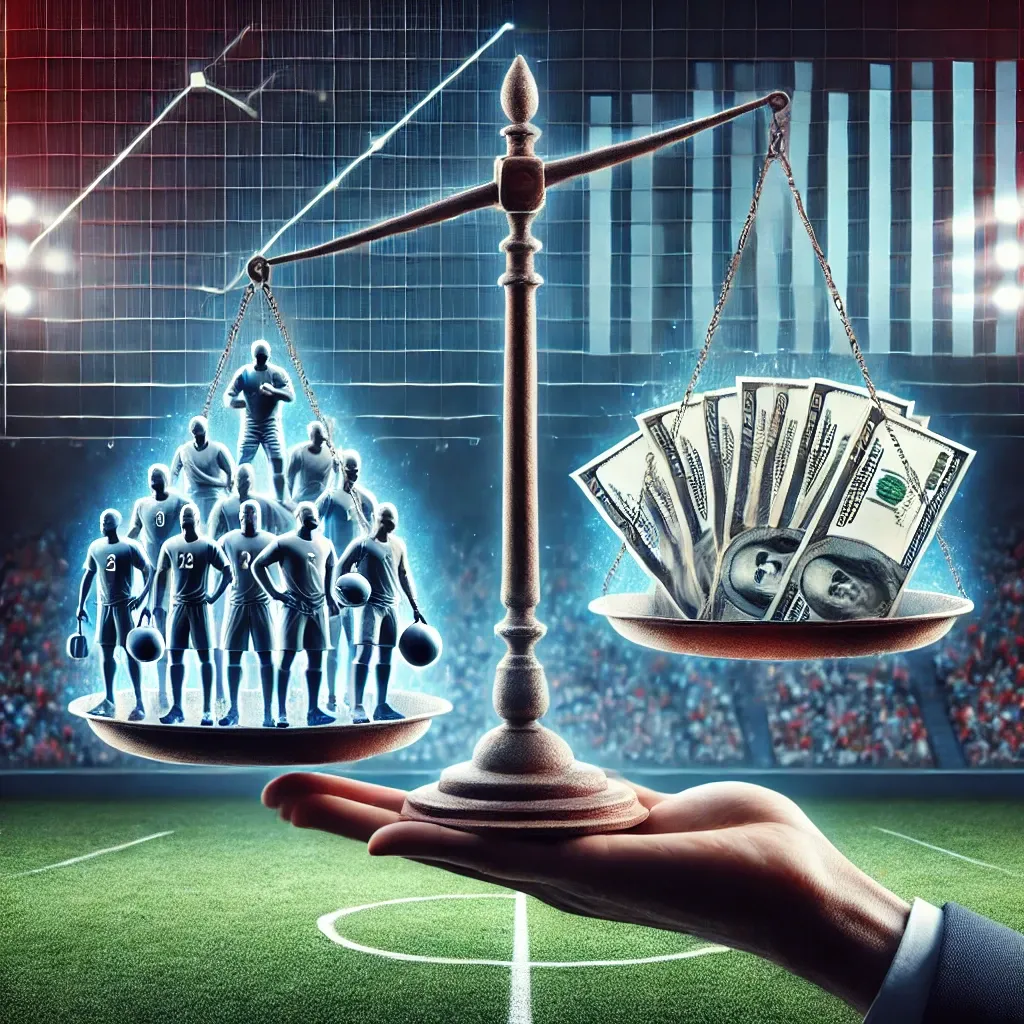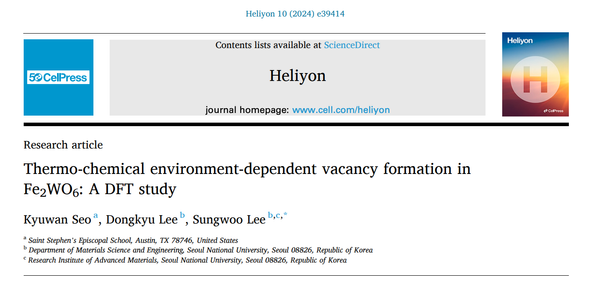The Role of Supply and Demand in Player Salaries

Introduction
In professional sports, player salaries are influenced by a combination of performance, marketability, and economic principles such as supply and demand. These factors not only shape individual player contracts but also reflect broader trends in the global sports market. This paper examines how the interplay of supply and demand drives player salaries, with a specific focus on how the scarcity of elite talent and growing market demand lead to increasing wages.
Supply and Demand in Sports
In the context of sports management, supply refers to the availability of highly skilled athletes, while demand represents the desire for these athletes from teams, leagues, and fans. Teams constantly seek players who can improve performance, win championships, and generate revenue. The demand for star players is driven by:
- On-field performance: Elite athletes consistently outperform others in key performance metrics, such as goals scored in soccer, points per game in basketball, or tackles in football. Teams that want to remain competitive will often pay top dollar for such talent.
- Marketability: Star players with large fan followings, strong media presence, or major endorsements drive substantial revenue for teams through merchandise sales, sponsorship deals, and higher game attendance. This, in turn, increases the demand for these players.
However, the supply of world-class athletes is highly limited. Only a small percentage of athletes reach professional levels, and an even smaller fraction become global stars. For instance, only 1.2% of NCAA basketball players make it to the NBA, showcasing the scarcity of elite talent. This limited supply contributes to fierce competition between teams, often resulting in higher salaries.
Statistical Overview of Player Salaries
To better understand how supply and demand influence player compensation, it’s important to look at some key data points:
- Rising Salaries: In recent years, player salaries in major sports leagues have seen dramatic increases. For example, the average NBA salary in 2023 was approximately $9.6 million, a steep rise from $6.7 million in 2017. This surge reflects growing demand for elite players, fueled by increased TV deals, sponsorships, and international fan engagement.
- Revenue Impact: Teams with star players often see significant revenue boosts. For instance, when Cristiano Ronaldo signed with Juventus in 2018, the club saw a 30% increase in jersey sales within 24 hours and a subsequent rise in overall revenue. This showcases how demand for star players directly ties into financial outcomes for teams, which justifies offering high salaries.
- Global Transfers and Contracts: International soccer illustrates the global nature of the supply and demand dynamics in player negotiations. In 2023, the global soccer transfer market hit $7.3 billion, with major clubs like Manchester City and Real Madrid spending heavily to acquire top players. These transfers demonstrate how teams worldwide compete for limited elite talent, driving salaries upward.
Factors Shaping Demand
Several key factors influence demand for athletes in the sports market:
- Team Success and Financial Capacity: Successful teams or those in larger markets (e.g., New York Yankees, Manchester United) generate higher revenues through ticket sales, media rights, and sponsorships, allowing them to afford higher player salaries. Teams aiming to maintain their competitive edge will often pay premiums to secure and retain top talent.
- Broadcast and Media Rights: Increasingly lucrative TV and media deals also fuel the demand for elite players. For example, the NBA's broadcast deal with ESPN and Turner Sports, worth $24 billion over nine years, has led to an influx of cash for teams, pushing them to offer larger contracts to attract marketable and successful athletes.
Supply of Elite Talent
The supply of elite sports talent is inherently limited due to the nature of professional sports. The journey to becoming a top athlete requires years of specialized training, physical capability, and sometimes even geographical or socioeconomic access to opportunities. Only a fraction of athletes reach the professional level, and fewer still become stars. This scarcity amplifies competition among teams for a limited pool of talent.
For example, while thousands of young soccer players worldwide dream of playing in the English Premier League (EPL), only a tiny percentage achieve that goal. As a result, EPL teams are willing to invest heavily in scouting, training, and contract negotiations to secure promising or proven players.
Market Equilibrium and Salary Negotiation
In economic terms, market equilibrium is reached when the supply of players meets the demand from teams, with salary levels representing the price point at which both parties are satisfied. However, in professional sports, this balance often leans toward higher salaries due to the competitive nature of acquiring top talent. Teams with greater financial resources can offer higher salaries to secure players who are in high demand, leading to inflated contracts.
For example, in Major League Baseball (MLB), teams like the New York Yankees or Los Angeles Dodgers, with significant revenues from large markets, can afford to offer multi-million-dollar contracts to top players, often outbidding smaller market teams. This creates a situation where players' market values rise due to competitive bidding, especially for the most sought-after talent.
Pricing Strategy in Player Salaries
Teams often employ specific pricing strategies to ensure they retain key players while maximizing their investment. For instance, clubs may offer long-term contracts with escalating pay structures to keep valuable players over multiple seasons. In the NBA, this is seen with max contracts, where top players can earn up to 35% of the salary cap, reflecting their value to the team both in performance and financial impact.
Conclusion
Supply and demand dynamics are essential in understanding player salaries in professional sports. The scarcity of elite talent, combined with the growing demand for high-performing and marketable athletes, drives wages upward. As the sports industry continues to grow, fueled by lucrative TV deals, sponsorships, and expanding global fan bases, the economic principles of scarcity and competition will likely lead to further salary inflation. These dynamics are a reflection of how fundamental business concepts intersect with the unique world of sports, offering insights into labor relations, economic negotiation, and business strategy in one of the most high-profile industries globally.


